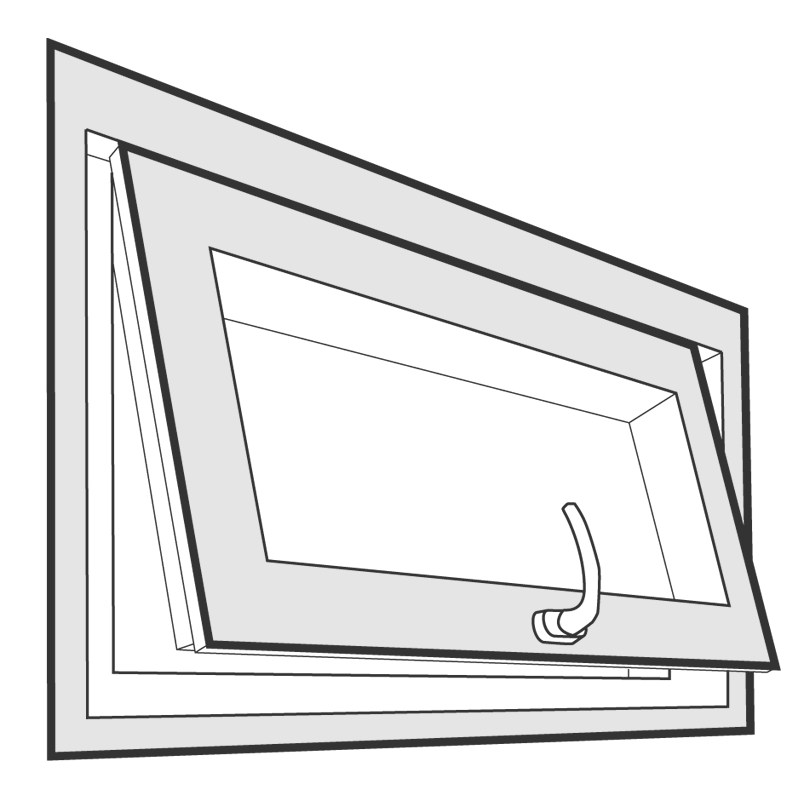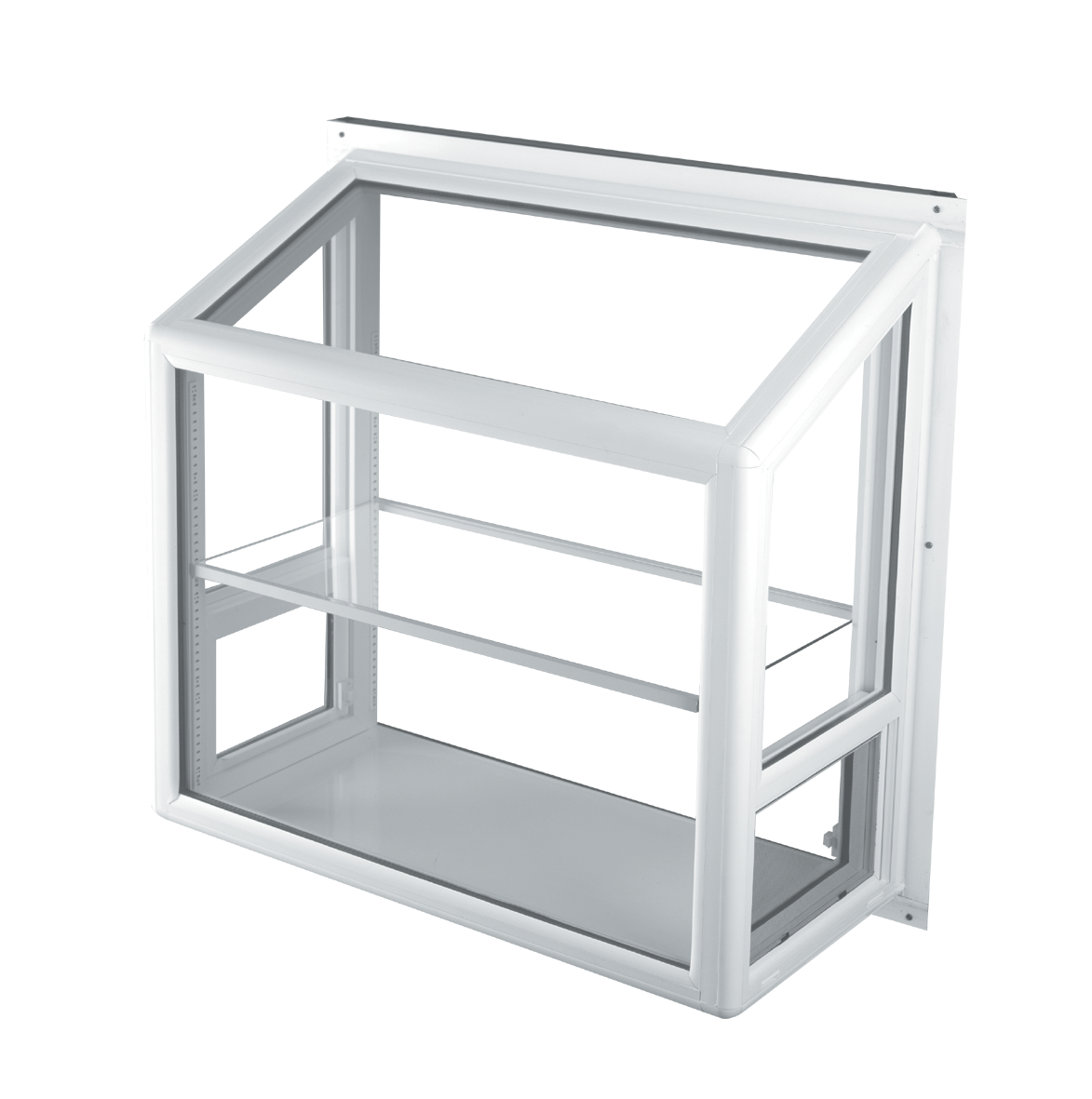Different Types of Windows
-
Single-Hung / Double-Hung Windows
These windows open vertically. A single-hung only has one moveable sash and one unmoveable sash. While a double-hung has two moveable sashes.
-
Sliding Windows
These windows open horizontally. They have either one or both moveables panes of glass.
-
Casement Windows
These windows open via an operator. The user turns a handle that opens the sash similar to that of a door.
-
Awning Windows
These windows use an operator similar to that of a casement. The opening style is much different, however. The window opens from the bottom and raises upwards.
-
Garden Windows
Garden Windows are usually located in the kitchen area, over the sink. These windows are a “box” like shape and are perfect for plants and herbs.
-
Picture Windows
Picture windows are windows that have no opening operation. Just a framing membrane and a glass unit.
-
Transom Windows
These windows are usually picture windows, but can be any type. These windows are located above front entryway doors, sliding glass doors, and in great rooms. Transoms are not ground level.
-
Hopper Window
Hopper windows are similar to awning windows. The major difference is hopper windows open from the top, not the bottom like awning windows.
Window Framing Types
-
Aluminum or Metal
These frames are very strong, light, and practically maintenance free. The downside to this framing type is because metal frames conduct heat and cold temperatures very well, making these poor insulating material.
They can cause certain seal types to fail at a faster than normal rate.
-
Wood
These frames are very sturdy and reliable. Wood frames insulate relatively well, but expands and contracts depending on the weather condition. These frames also require regular maintenance or the wood will begin deteriorate.
-
Vinyl
Vinyl frames are relatively strong, and maintenance free. The vinyl is usually comprised of a polyvinyl chloride (PVC) with ultra-violet (UV) ray stabilizers to prevent deterioration. Making these frames a reliable choice for any home.
Hollow cavities are built into the frame to help drain any water that makes its way into the framing. The water is drained out the bottom of the sash on the exterior side, through something called weep holes.
These frames should not be painted, as it would detrimentally affect the performance of the UV stabilizers, causing deterioration.











